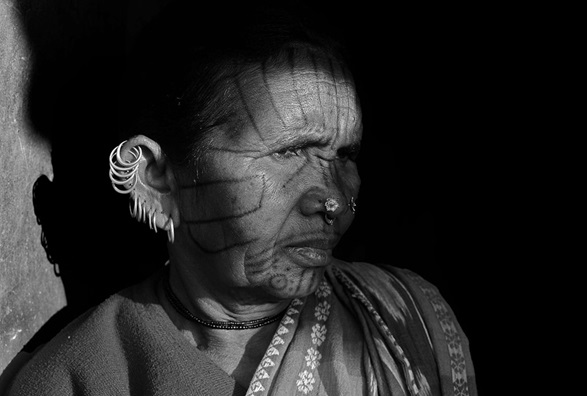The practice of tattooing the face by women, which was going on for generations in the Kutia Kandha tribe, has now almost completely ended.
About Kutia Kandha Tribe
- Introduction: This tribe is a major part of the Particularly Vulnerable Tribal Group (PVTG) Kandha who speak Kui and Kuvi Dravidian languages.
- They are one of the most ancient indigenous PVTGs who have retained their distinctive socio-cultural characteristics.
- Population: According to the 2011 census, the total population of the Kandha tribe is about 17.43 lakhs, out of which 93.35% live in Odisha, 5.92% in Andhra Pradesh and about 10,000 in Chhattisgarh.
- Habitat: This tribe is mainly found in the southern hilly areas of Odisha, such as Kandhamal, Rayagada, Kalahandi and Koraput districts.
- Some Kandhas also reside in Srikakulam, Vizianagaram and Visakhanagaram districts of Andhra Pradesh.
- Kutiya Kandhas are known for their simple paintings, especially the ‘Tikanga Kuda’ made by women, which is made with rice flour and natural colours.

Tattooing Practice
- For generations, Kandha women have been tattooing their faces in bold, geometric designs, not for decoration but for protection.
- The intention was to look less attractive so that they could avoid sexual exploitation by landlords, local royals and British colonialists.
- Kandha girls were forced to get facial tattoos at the age of 10.
- The tattoos were in a uniform pattern, covering all parts of the face.
- Due to modernity, young girls have stopped this practice and this painful tradition is not being passed on to the next generation.
